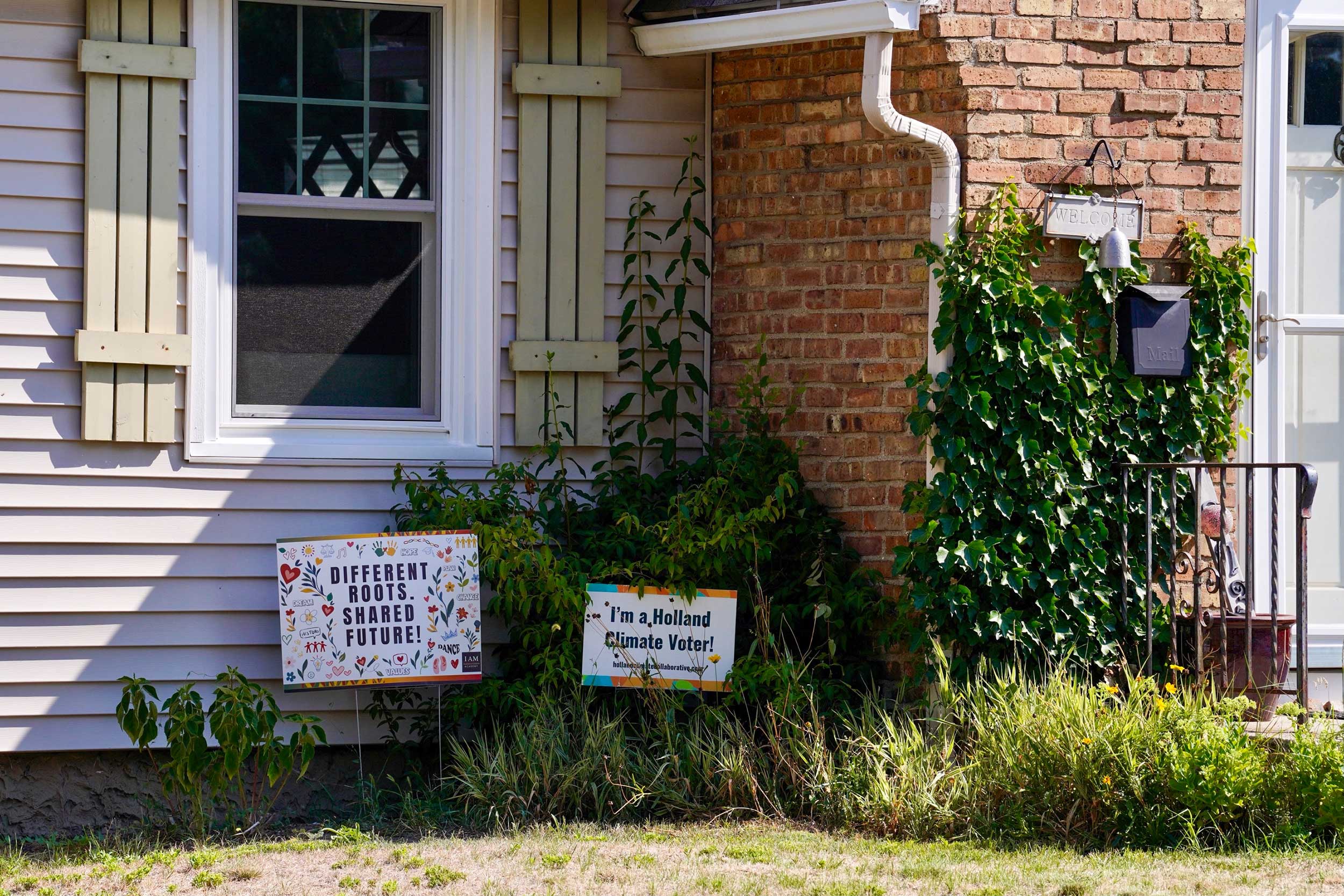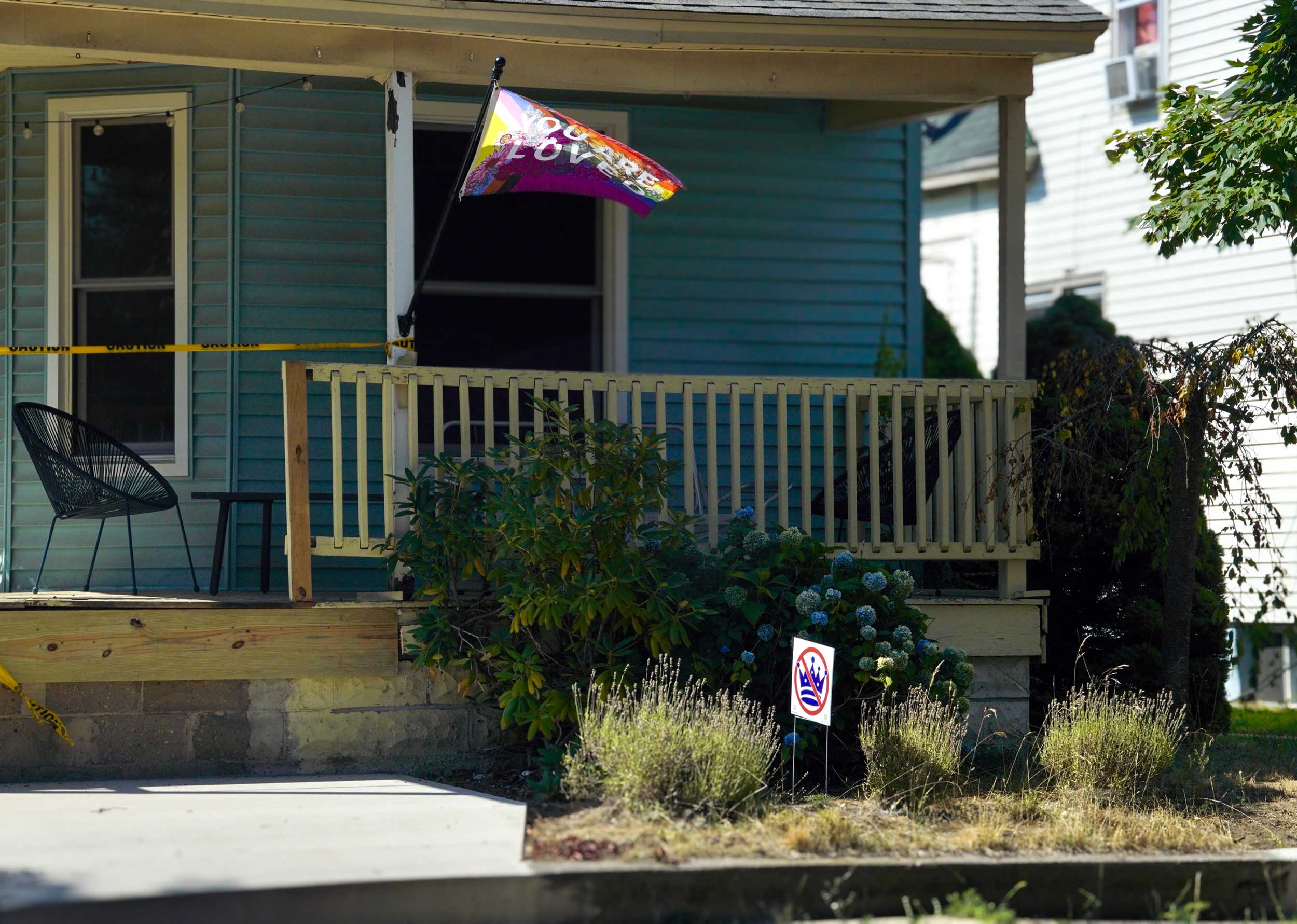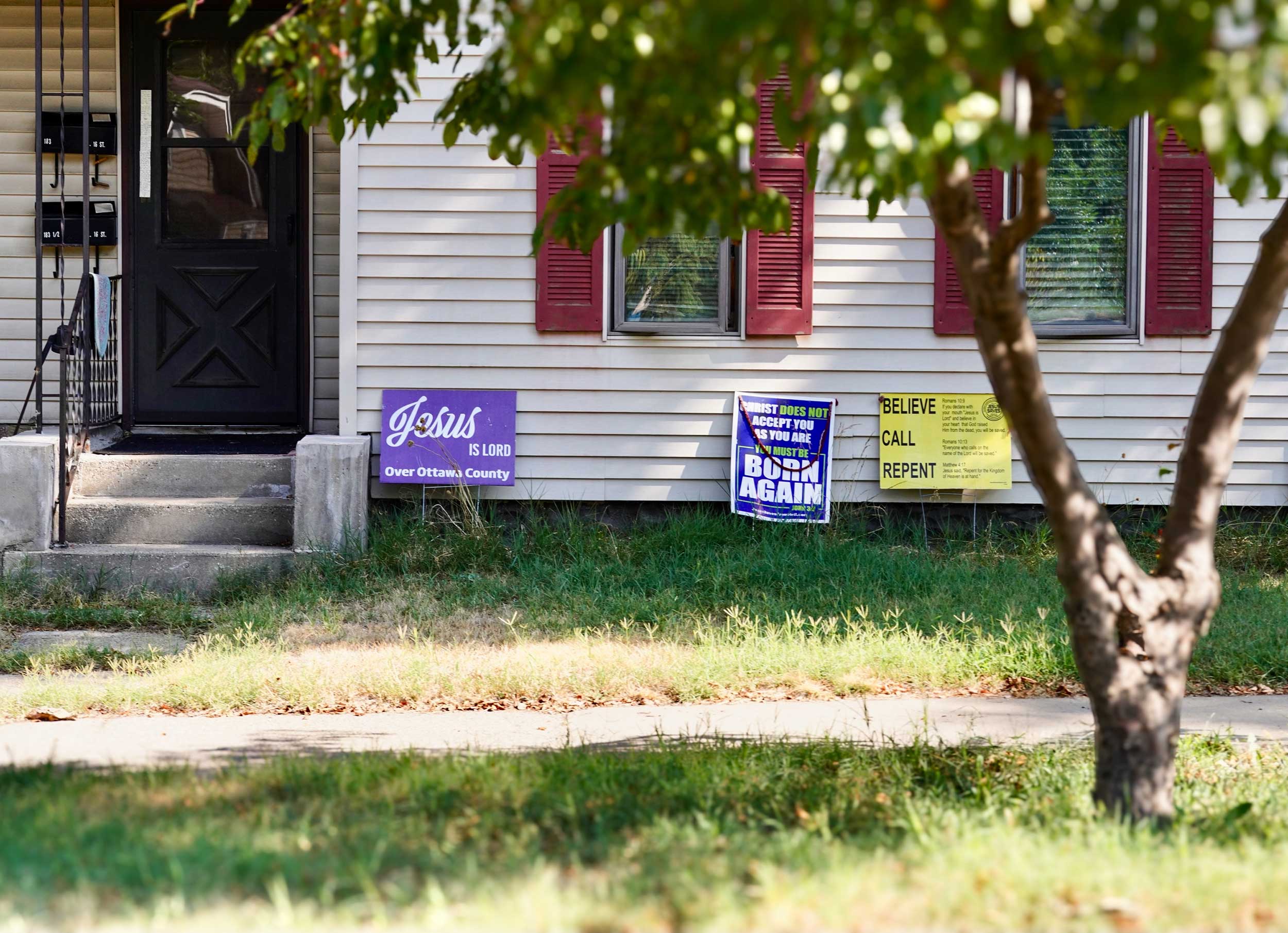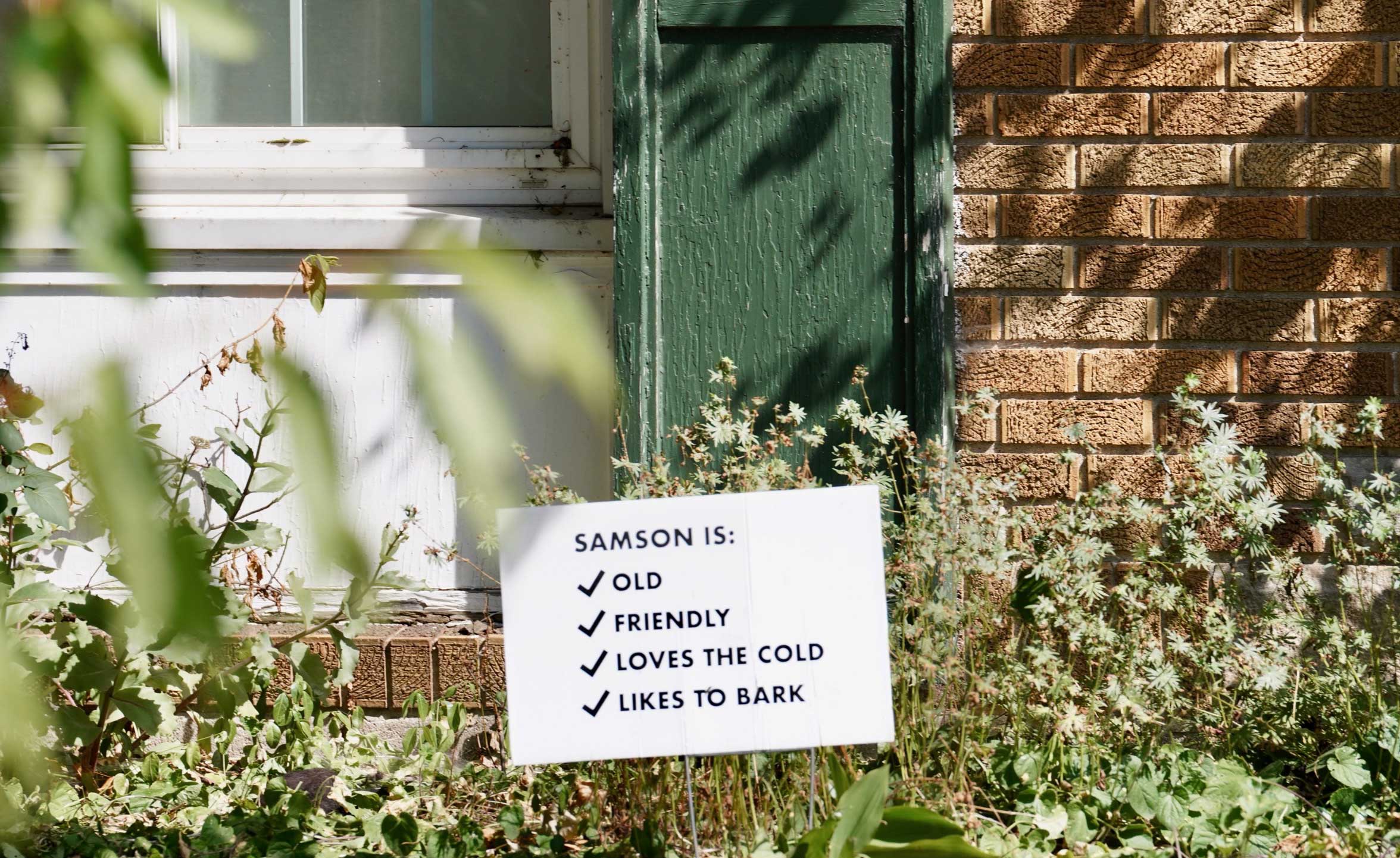

Walk down almost any residential street and you’ll notice them: small cardboard signs standing stiff near porches, in flower beds, or next to mailboxes. Some boast cheery greetings or seasonal flair—“Happy Fall, Y’all” or “It’s Spooky Season, Witches.” Others make blunt references to political leanings.
At first glance, they might seem harmless. I mean, they're just signs, right? But in a nation where front yards are becoming personal platforms, the yard sign has emerged as something more than just a simple decoration. It’s a symbol—or dare I say, a signal—of identity, self-held values, and subsequent tension.
Surely, it is not an inherently negative thing to stake a sign in your yard.
But there is a deeper undercurrent behind why we’ve become so comfortable, and uncomfortable, with putting our political opinions on display.
Let’s take a look into how this all came to be.
A Few Decades Ago, We Weren’t This Way
A few decades ago, we didn’t feel compelled to declare our political leanings so publicly.
These conversations were typically kept behind closed doors. Not secret, per se—simply and maturely reserved for trusted circles. Political beliefs were private withholdings, or at the very least, discussed at the dinner table and confirmed at the ballot box. They were openly debated during election years, but rarely worn on one’s sleeve—or lawn.
Voting was considered a private matter, and civility often took precedence over conviction in casual social interactions. You could live next to someone for years, attend the same block parties, and never know whether he checked red or blue last fall—and that was okay.
Disagreement didn’t automatically equal disdain.
There was an unspoken social etiquette: you didn’t bring up politics at the dinner table, let alone stake it in your flower bed.
But now? They’re plastered on our lawns, bumper stickers, social media bios, and t-shirts.
We’ve reached a point where if you stay silent about your beliefs, you’re seen as unsure of yourself, insecure. And if you try to remain neutral, you’re accused of picking the wrong side by not picking at all.
So how did private political identification evolve into public performance?
The Newest Social Stage: Our Front Lawn
We’ve curated our front lawns to become stages for passersby to read our values—but do our neighbors really care about whom we’re voting for or where our ideology lies?
And the more pressing question: should they?
Because, at the end of the day, the reason Sue and Bill next door always close their garage door the moment they get home, avoid walking past your house on evening strolls, or exchange subtle glances in the grocery store, might have little to do with an untamed lawn. It could simply be that you’re from “the other side.”
And I’m not talking about the other side of the street. I’m talking about the political spectrum.
We’ve entered an age where political leanings alter—and even terminate—friendships, relationships, and families. Years of shared history can unravel over a single sign, a single post, or a single conversation.



What once may have been dismissed as harmless décor now carries the potential to divide or unite, depending on who’s driving by.
It’s the reason Lindsey chose not to pursue a second date with Ben because he was a “hardcore liberal.”
It’s the reason Jill doesn’t attend a church because it promotes a “traditional version of the Bible.”
It’s the reason Pete left his construction job because his coworkers were “a bunch of racists—they’re conservative-leaning.”
So how did we get here, exactly?
From Hello, Neighbor to Here’s My Platform
The truth is, yard signs—just like social media—have become an outlet to stake a claim. They quietly declare: “This is who I am. This is what I believe. This is what I stand for.”
It can be self-stimulating to place a tangible representation of our values where everyone can see. The yard sign can represent solidarity and let like-minded neighbors recognize they have confidants just down the street.
But here’s the tension: at what point does signaling become mannered?
There’s a fine line between personal expression and performative display—and it’s a line many are struggling to navigate.
What was once a private matter is now the first thing people know about you. And it changes how we see each other.
That neighbor who used to help you carry groceries inside? Now you wonder if he’d still offer since seeing the sign you put up last fall. Or that neighbor whose kids spontaneously showed up on your porch steps asking to play? Maybe they stopped coming around after their parents spotted the flag in your yard last summer.
These signs, while small in size, carry the weight of meaning and assumption. We may think we’re simply broadcasting our beliefs—but sometimes, subconsciously, we’re building invisible fences.

Maybe the question isn’t whether or not we should put up yard signs. Maybe it’s whether we’ve lost the ability to connect beyond them.
More Than a Message in the Grass
Can we still share a cup of sugar with our neighbor baking cookies?
Or reciprocate a kind, drive-by wave with someone whose lawn says something different than ours?
Can decades-long friendships survive once we discover which side of the aisle they stand on?
Or has the front yard become the final frontier of division—where our political leanings bloom louder than our flower beds?
We shouldn’t let political leanings dictate these things, at least on the surface level. We can survive past these differences only if we allow ourselves to.
Just because your neighbors vote blue and you vote red doesn’t mean you should avoid interaction with them.
Shared familiarity runs deeper than yard signs and ballot choices. If we allow political lines to define every relationship, we shrink our world to only those who think like we do.
Civility, and even community, can survive if we choose to see neighbors as more than their vote.
And this—this is where Washington struggles.
Why not start in our own neighborhoods, at our own fences and front yards, to practice the kind of coexistence our leaders can’t seem to manage? If unity can’t take root here, in the spaces we share daily, how can we ever expect it to grow anywhere else?
This isn’t necessarily to say, take down your political yard sign.
It’s a pressing reminder that a piece of cardboard in the grass shouldn’t carry more weight than the relationships we’ve built on our street.
Sierra Ozolins is a West Michigan native, currently a student at Hope College. As an athlete, she is passionate about fitness—from running to weightlifting. With a interest for politics and lifestyle, she is intrigued how local culture, community, and everyday events shape the world around her—often with an iced coffee in hand and her dog by her side.